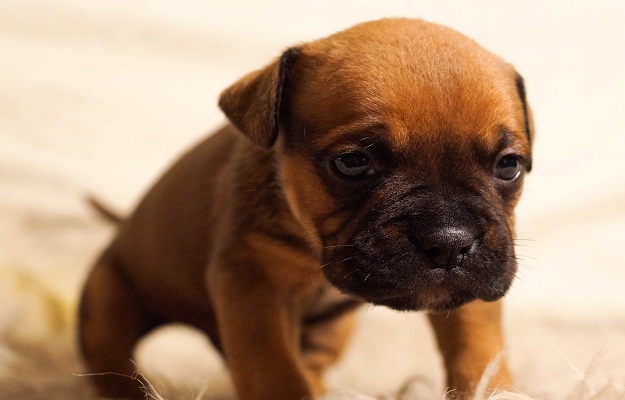Urinary incontinence in dogs is involuntary and uncontrolled urination in dogs. It should be separated from peeing caused by excitement, stress and the phenomenon of submissive urination - this usually occurs in pups when they are overwhelmed by dominant dogs or owners.
It is also different from instances when your dog urinates inside the house willfully, which can happen if you’ve got a new pet in the house, and your older pet is marking their territory. Other reasons for this could be inadequate toilet training or forgetfulness brought on by old age. The main difference is whether or not your dog can control their pee.
There could be many reasons for incontinence - from spaying-linked muscle weakness in female dogs to some types of cancer in dogs. Some birth defects like urachal remnant - a bladder disorder - can also cause incontinence in dogs. If your dog is leaking urine while walking or if he/she wets the bed often, it could be a sign of incontinence.
If you notice that your dog can’t hold his/her pee, then it is a good idea to pay a visit to your vet. The treatment for this condition depends on the cause - usually, medicines are enough to treat the condition, though surgery may be required in some cases.





































